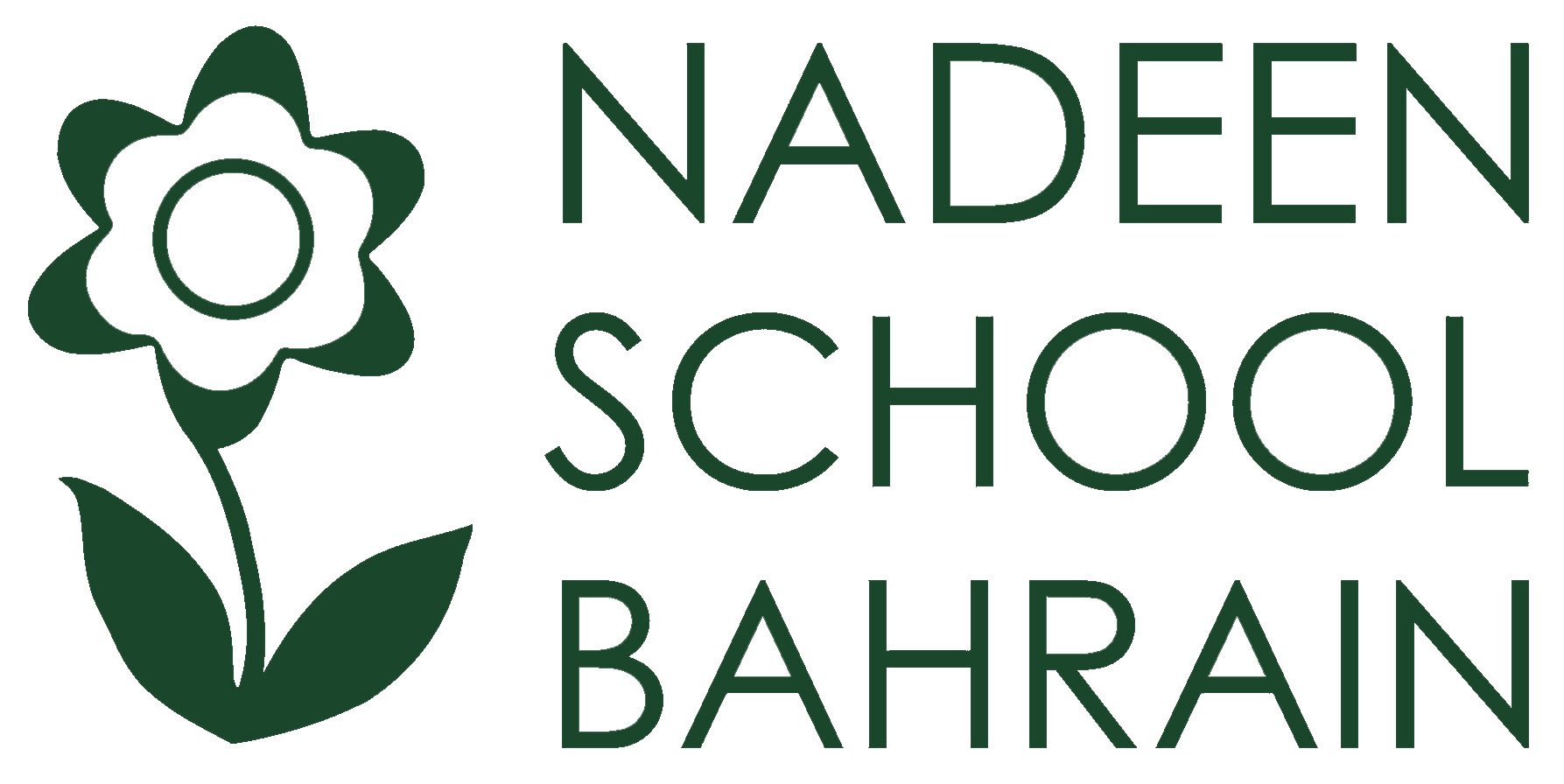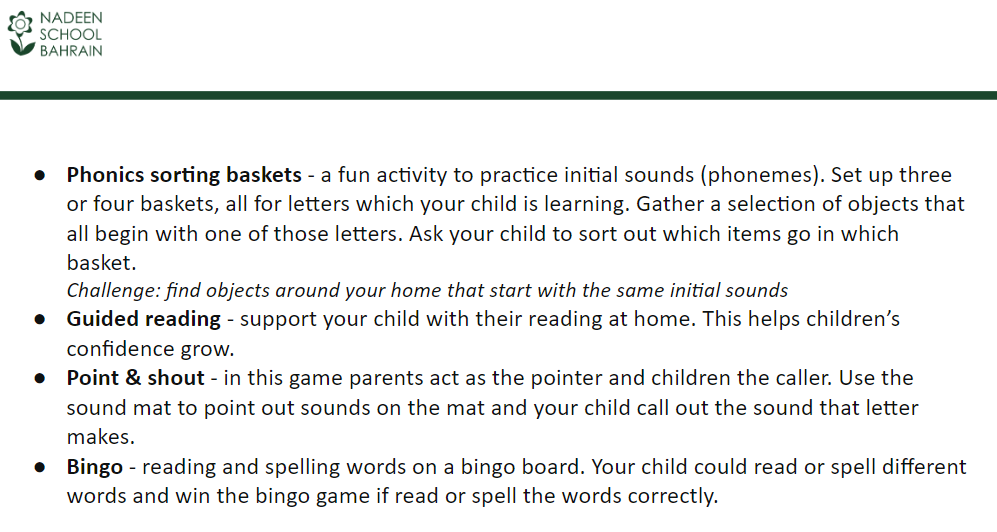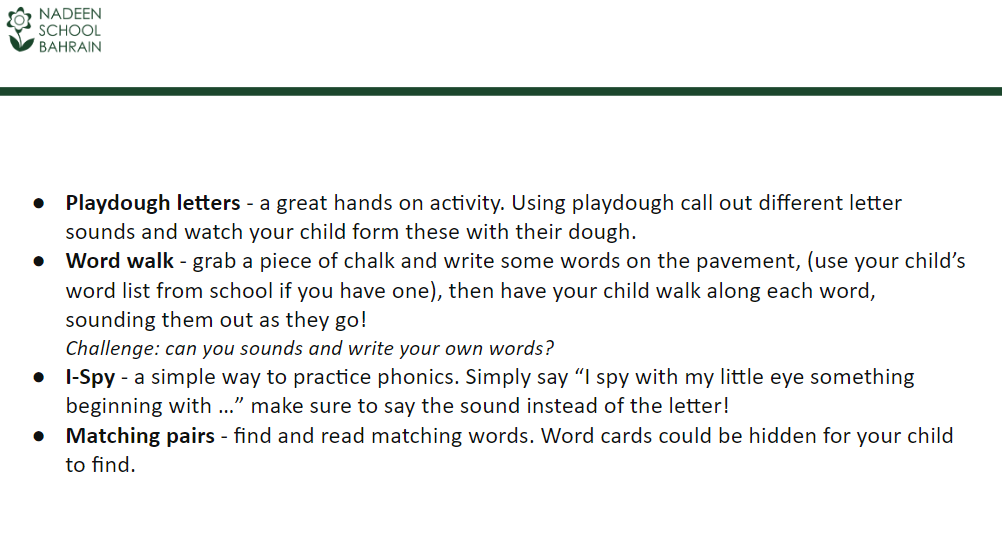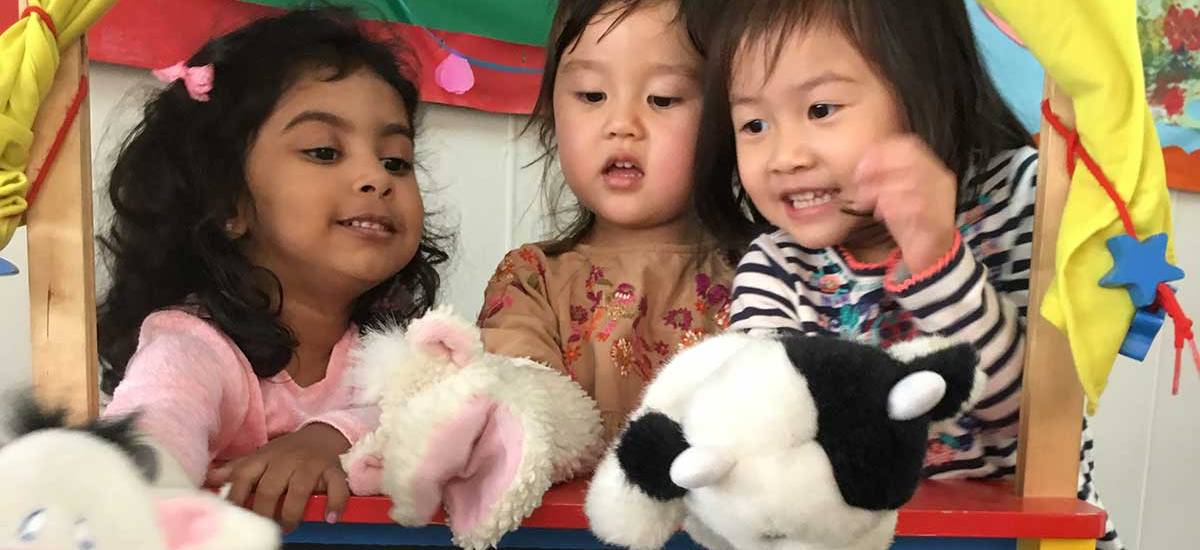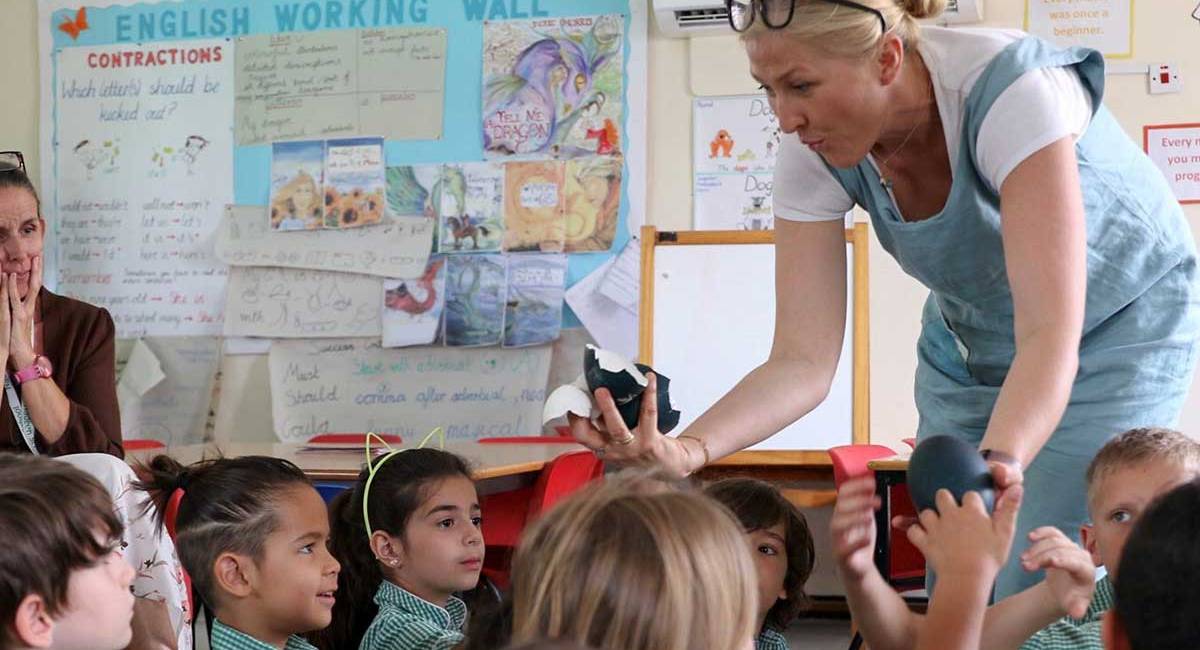Phonics in the Early Years by Karen Bushiri
At Nadeen School we are passionate about phonics in the early years. As children begin their early education, they will be taught phonics and embark on the wonderful journey of learning to read, write and spell. Phonics, sometimes referred to as ‘Letters and Sounds’, is the process of children learning to read and write.
Our aim is to ensure that all children become successful, fluent readers. We believe that this is achieved through a combination of inclusive, high quality phonics teaching combined with a whole language approach that promotes a ‘Reading for Pleasure’ culture within our school and wider community.
Speaking and listening are the first communication skills children develop and so it is important that parents encourage lots of talk at home as part of everyday life to help support their child’s vocabulary and conversation skills.
Level 1 is the first phase that we teach to children who join us in nursery. In this phase children won’t learn about any letters or sounds just yet. They will develop upon their early communication skills and build up their awareness of the different sounds around them. Early development of such skills creates a foundation for when children move into reception and begin to learn their letters and sounds in later phases. Level 1 focuses on seven different aspects. These aspects are designed to help children develop listening skills, distinguish between different sounds and eventually learn to blend and segment sounds in words.
By the end of Level 1, children will have had opportunities to listen attentively, enlarge their vocabulary, discriminate different sounds, engage with songs, stories and rhymes, participate in daily adult led speaking and listening activities and explore continuous provision indoors and outdoors to support children in Level 1 independently.
If you want to learn more about the Nursery Phonics curriculum, please click this link
In reception children begin to work within levels 2-4. Children are introduced to phonemes (the smallest unit of a sound in a word) and graphemes (the ways in which to spell the phoneme). They also learn to develop and apply blending and segmenting skills for reading and writing. Teaching is delivered through daily input sessions both whole class and small group, individual and group reading with adults and guided writing activities.
At Nadeen School we strongly believe that teaching children to read and write independently is one of the core purposes of school. Reading and writing fluently is the key to the rest of the curriculum and also has a huge impact on children’s self esteem and confidence. We take an inclusive approach to teaching children; through whole class and small group activities so that every child is exposed to the same curriculum, adapted to their ability. As children move forward through their phonics journey they are taught to break down words into their individual sounds to help them to read and how to segment words into their individual sounds in order for them to spell them in their writing.
If you want to learn more about the Reception Phonics curriculum, please click this link
Twinkl phonics introduction for parents – In this document you will find key terminology that we use in school and your children will use. It explains how synthetic phonics works and outlines the expectations for what children should be able to do by the end of each level. In addition, here you will find some fun learning activities you can do at home.
